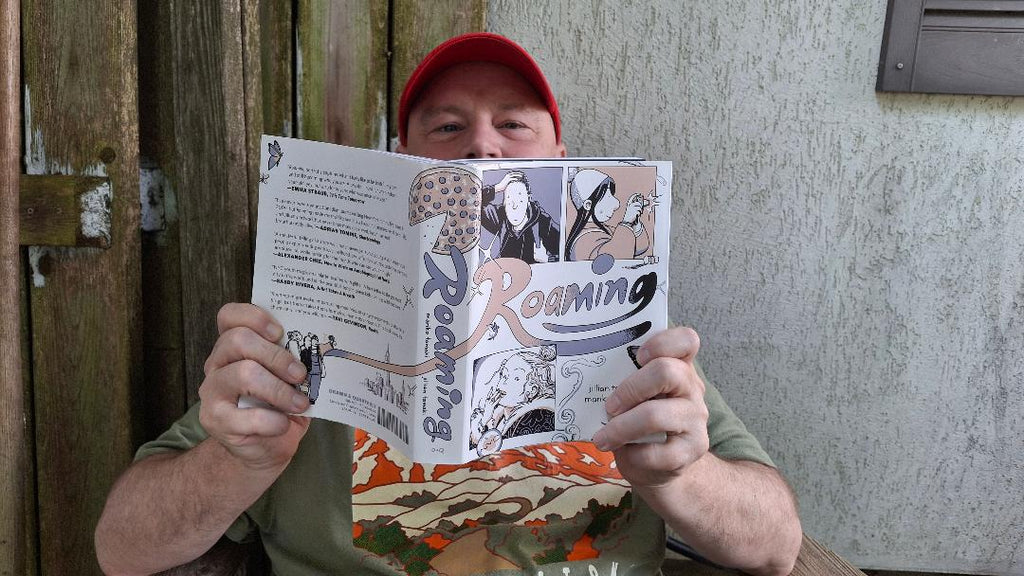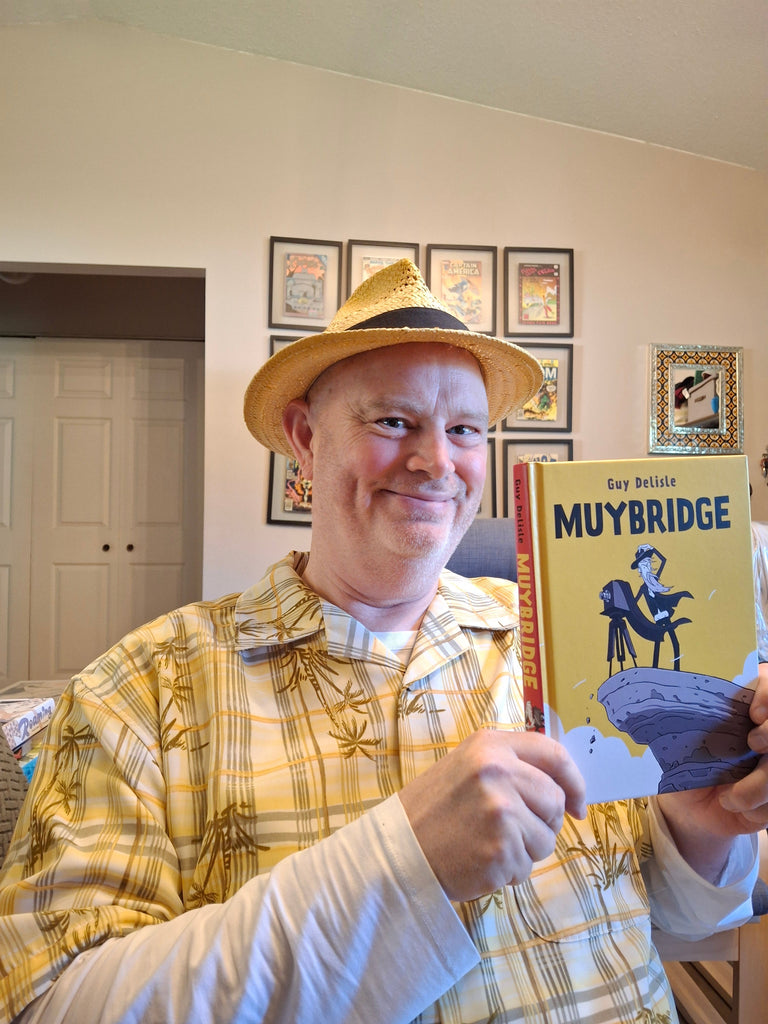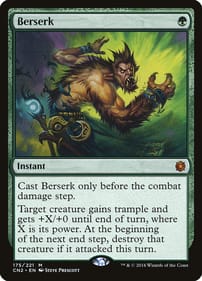I’m the Odd Man Out as GNG Takes on Roaming
By Dan Brown SPOILER WARNING: This column contains details from the graphic novel Roaming, so if you value surprise stop reading right now! Here’s the rundown on the most recent meeting of the L.A. Mood Graphic-Novel Group, which was held Saturday, July 12. The book: Jillian and Mariko Tamaki’s Roaming, which follows three Canadian first-year university students on a five-day trip to New York City. The discussion: In short, I was in the minority as the only GNG member who really enjoyed the book. Odd man out, as usual! GNG has a custom of choosing a Canadian comic for our July meeting, so we honoured that tradition with this selection. (By sheer coincidence, it comes on the heels of two other books by Canadian creators in May and June.) I, along with one other member of the group, pitched Roaming back in January. While I love everything by the Tamakis, other members of the group strongly disliked Roaming, including someone who couldn’t even finish the thing. The thick volume centres on Dani, Fiona, and Zoe, three university students who take a trip to New York for a brief holiday from their studies. It’s very much a story about the problems of young people, which I think is where most of the antipathy comes from. No one at the table said it wasn’t a realistic portrayal of characters in their late teens/early twenties – in fact, the problem seemed to be it was too accurate. Carol Vandenberg, co-owner of L.A. Mood, said Roaming didn’t work for her because it isn’t leavened with humour. The trio of characters see Big Apple sights, go to bars, get coffee, eat pizza, and of course there’s a drama because Fiona is an interloper who threatens Dani and Zoe’s friendship. Spats ensue. Carol made the point that if you’re going to tell a story about young people, a better approach would have been the one John Hughes adopted with the movie Ferris Bueller’s Day Off: Play the foibles of youth for laughs. Gord Mood, L.A. Mood’s other owner, echoed that sentiment, adding the example of another funny coming-of-age comedy, Dazed and Confused. Several elements prevented GNG members from enjoying the travel tale including the ending, which doesn’t wrap anything up. Other members said the art was prosaic, and that a flashback scene – in which we observe Dani and Zoe at a high-school party – wasn’t introduced in a way the reader could understand. Why do I feel differently? Part of my reason for pitching the book was how the character of Fiona is a huge drama queen. Very early in the book, there are signals to readers to treat anything she says with skepticism. The question in my own mind was, “Can we appreciate this book even if one of the leads is an awful person?” After all, if an artist and writer can create a comic with a character who turns you off, isn’t the fact you reacted to a fictional character like you would to a real person a sign the creative team has done a good job? (Would be interested in any opinions on this question in the comment box below.) I also believe there’s something darkly funny about a group of friends whose relationship revolves around avoiding roaming charges on their cellphones. As it turned out, Fiona was just one of the reasons GNG members didn’t enjoy the book, although someone suggested a comic depicting the same characters once they are out of school and taking on careers might make for a better read. Further reading: If you aren’t daunted by now, two other graphic novels by the Tamakis come to mind – Skim (it follows high-school friends) and This One Summer (which features a tween lead). L.A. Mood’s Graphic-Novel Group meets the second Saturday of each month. Next month’s selection is I Am Stan, Tom Scioli’s graphic biography of the one-time Marvel Comics editor-in-chief. You might have heard of Lee before! We will reconvene August 9 at the gaming tables in the store at 11 a.m. You are invited to come join the discussion! Dan Brown has covered pop culture for more than 32 years as a journalist and also moderates L.A. Mood’s monthly graphic-novel group.
Delisle Goes in new Direction with Muybridge
By Dan Brown Muybridge is a funny, thought-provoking portrait of a little-known historical figure that represents an interesting departure for Quebec comic maker Guy Delisle. Delisle, who lives in France, originally made his name with travelogues – like Pyongyang – and his volumes about sloppy parenting. In Factory Summers, he told the story of his teen years. With the exception of 2017’s Hostage, he has not focused on a main character other than himself. Now comes Muybridge, an inventor who was unknown to me before now. Published this spring, the new release is a biography of one of the pioneering minds who helped usher in the age of the photograph, as well as moving pictures – Englishman Eadweard Muybridge. I loved it. I should put my cards on the table: I feel the same way about pretty much all of Delisle’s output. His work has always been strong, in my opinion. And Muybridge – the book, not the man – may also be a bridge to a new kind of storytelling for Delisle. The most interesting bits of the narrative are the parts where Deslisle admits the historical record is incomplete. He does the best he can to recreate Muybridge and his times, but there are moments when he calls attention to the constructed nature of his account. There’s also no question Delisle imbues his central character with some of his own traits. That’s part of the fun. At one point, Delisle says the death of Muybridge’s wife “must have weighed heavily on him,” yet he doesn’t know for sure what he was feeling in that moment. Muybridge was one of the key innovators who helped solve a hotly debated question in the 1800s: Do a horse’s four hooves all leave the ground at the same time when the animal is at full gallop? You and I are used to a media-saturated world in which there are movies about horses, and races like the Kentucky Derby are televised. So keep in mind this was a period when good, old-fashioned painting was only gradually losing its status as the most important representation of reality. The story begins with the advent of early photos such as daguerreotypes. The same guy was also the accused in one of the most sensational murder trials of his day. In Delisle’s telling, he is tenacious and adaptable. Dealt a setback, it’s only a matter of time before he rises again. Along the way, Delisle refuses to play at omniscience in his narrative, reminding the reader multiple times of the gaps in his knowledge. On an early jaunt to France, for instance, Delisle depicts Muybridge peering in the window of a camera studio. Delisle asks, “Is that when he began practicing photography? We don’t know.” (If you’ve ever read Alice Munro's short stories, you’ll have noticed the same kind of narrative uncertainty, so it may be one of the writing quirks that marks Delisle as distinctively Canadian.) Muybridge lived from 1830 to 1904. We may think of those decades as somehow uneventful or idyllic, but it was an age of rapid change. It saw the invention of mass-market photography, recorded music, the paint tube, motion pictures, naughty photos, the phonograph (if the book has a villain, it’s Thomas Edison, who doesn’t come off well), impressionism, colour photography, and animation. I also enjoyed the parts in which Delisle uses comic panels to represent individual frames of a moving picture – he even gives a nod to the film The Matrix as one source of inspiration, driving the point home that Muybridge’s contributions were foundational. As I said, I wasn’t aware of Muybridge until I picked up the book. I recommend it. The truth is, I don’t believe there’s a person or topic Guy Delisle couldn’t make interesting. If you haven’t read his stuff, check him out. This comic creator is a national treasure. Dan Brown has covered pop culture for more than 32 years as a journalist and also moderates L.A. Mood’s monthly graphic-novel group.








